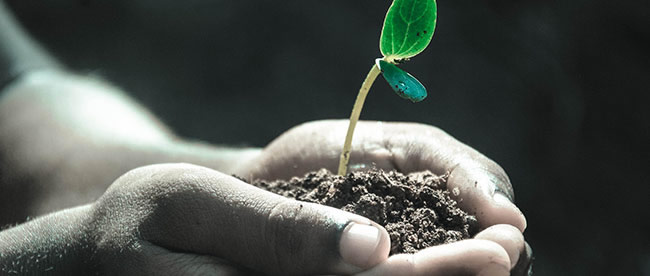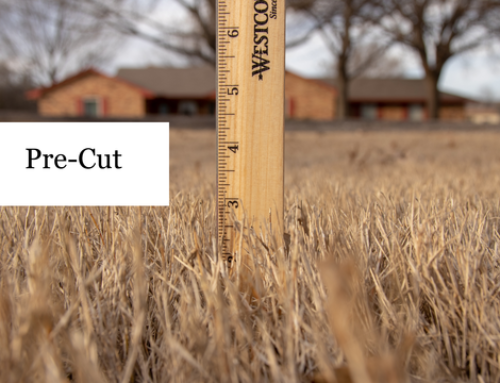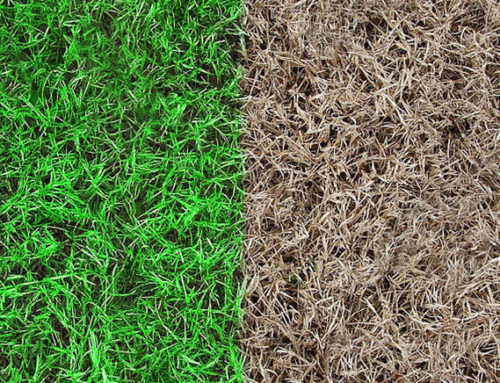When your lawn is lush and healthy, you probably don’t give it a second thought. You simply marvel at the beautiful, green expanse every time you look out the window or host a summer BBQ. However, you’ll quickly take notice when patches of grass start to turn yellow, then brown.

Dead Patches of St Augustine Caused By TARR
If you water and feed your lawn to no avail, you could be dealing with a common fungal problem like Take-All Root Rot (TARR). What you’re bound to discover, if you replace affected sod only to see the TARR return, is that it’s not so much the grass you have to worry about, but the soil.
TARR is a lawn disease caused by the Gaeumannonyces graminis fungus, but you should know that this fungus is present in all soil. What causes it to spread and damage your lawn is the pH of the soil. How, exactly, does your lawn’s pH level affect the onset of TARR and what can you do to effectively treat it? Here are a few things you should know before you attempt to revive your wilted lawn.
Your Lawn’s Natural pH
The pH scale ranges from 0-14, with lower numbers denoting greater levels of acids and higher number displaying greater levels of bases. Anything with a pH of 7, such as pure water, is considered neutral. What does this have to do with your soil and your lawn?
In northern Texas, soils naturally tend to be slightly more alkaline, or on the basic side of the pH scale, falling in the 7.5-7.8 range. Unfortunately, this is an ideal environment for fungus to spread. In order to put an end to TARR, you have to do more than replace affected sod – you actually have to lower the pH of soil to levels that prohibit the growth of fungus.

Median Soil pH in the US
Changing the pH of Soil
The best way to change the pH of your soil is with additives that have a lower pH. A good example is peat moss. This organic additive has a pH of about 4.4, so when you blend it with alkaline soil, it can lower the pH enough to inhibit the spread of fungus responsible for diseases like TARR. Another option is to add sulfur, although this must be done carefully to avoid potential negative side effects. For instance, if you apply too much sulfur at one time, you can easily damage your lawn.
Seeking Professional Help
Obviously, the average homeowner lacks both the time and resources to adjust the pH of soil and reinvigorate a diseased lawn. This is why it’s so important to partner with qualified and reliable lawn care experts.
Trained professionals can diagnose TARR or other lawn diseases, treat your soil to balance the pH, and re-sod damaged areas of your lawn to repair it. They can also set up a schedule of care and maintenance that includes the use of fungicides. This is the best way to combat TARR and keep your lawn green and beautiful.
Further Reading: Texas AgriLife PDF | Identifying Take-All Root Rot
Image Credits: Hands With Plant and Soil | Dead Patches of St Augustine Caused By TARR | Median Soil pH in the US






